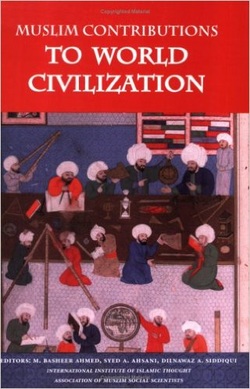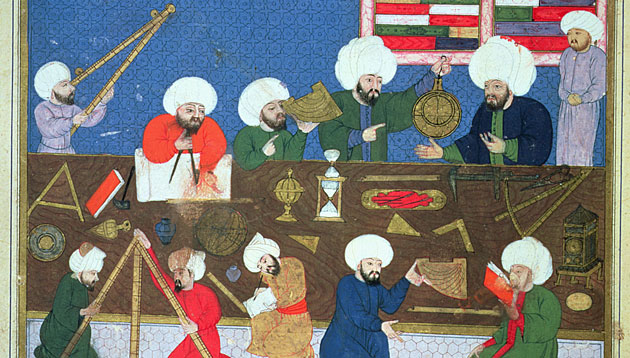Islam is a monotheistic religion founded in the 7th century by the Prophet Muhammad in Mecca, Saudi Arabia. It is based on the belief in one God (Allah) and the teachings of the Prophet Muhammad as recorded in the holy book of Islam, the Qur'an. Islam has a rich history and has made numerous contributions to the world in a variety of fields, including science, mathematics, medicine, literature, art, architecture, and more.
One of the most notable contributions of Islamic civilization to mankind is in the field of science and technology. During the Islamic Golden Age, which lasted from the 8th to the 13th centuries, Muslim scholars made significant advances in a variety of scientific disciplines, including physics, chemistry, mathematics, astronomy, and medicine. One of the most famous Muslim scientists of this period was Abu Ali al-Hasan ibn al-Haytham, also known as Alhazen, who made significant contributions to the fields of optics and mathematics. He is considered one of the fathers of modern optics and his work on the refraction of light laid the foundation for the development of the camera.
Other notable Muslim scientists include Avicenna, who wrote "The Canon of Medicine," a comprehensive medical textbook that was used in Europe for hundreds of years, and Omar Khayyam, a mathematician and astronomer who developed a new method for solving cubic equations. The contributions of these and other Muslim scientists have had a lasting impact on the world and continue to be studied and built upon today.
In addition to science and technology, Islamic civilization has made significant contributions to the fields of literature and art. The Qur'an is an important work of literature in Islam and is considered the word of God as revealed to the Prophet Muhammad. It is written in Arabic and is considered one of the great works of literature in the Arabic language. Islamic literature also includes works of poetry, history, and philosophy.
Islamic art is also known for its beauty and intricate patterns. One of the most well-known examples of Islamic art is the arabesque, which is a decorative motif featuring interlacing geometric patterns and flowing lines. Islamic art can be found in a variety of forms, including calligraphy, ceramics, textiles, and architecture. The Alhambra, a palace and fortress in Granada, Spain, is a prime example of the beauty and complexity of Islamic architecture.
In addition to its contributions to the arts and sciences, Islamic civilization has also made significant contributions to the field of medicine. Muslim physicians and scientists made important advances in the understanding and treatment of diseases and developed new medical technologies. For example, in the 10th century, the physician Muhammad ibn Zakariya al-Razi, also known as Rhazes, wrote a comprehensive medical encyclopedia that was widely used in Europe for centuries. He is also credited with the discovery of smallpox and measles.
In summary, Islamic civilization has made numerous contributions to mankind in a variety of fields, including science, mathematics, medicine, literature, art, and architecture. These contributions have had a lasting impact on the world and continue to be studied and appreciated today.






